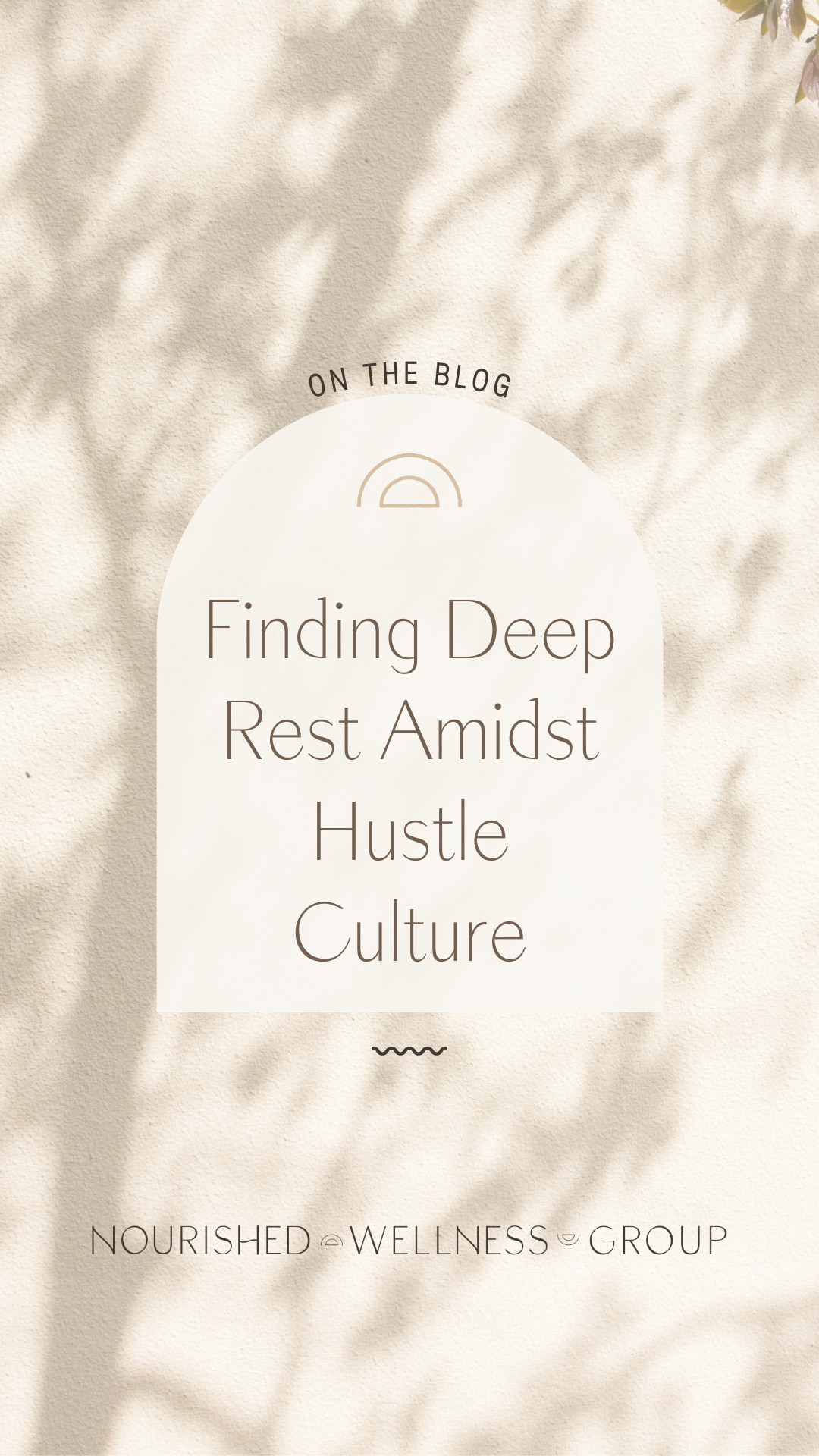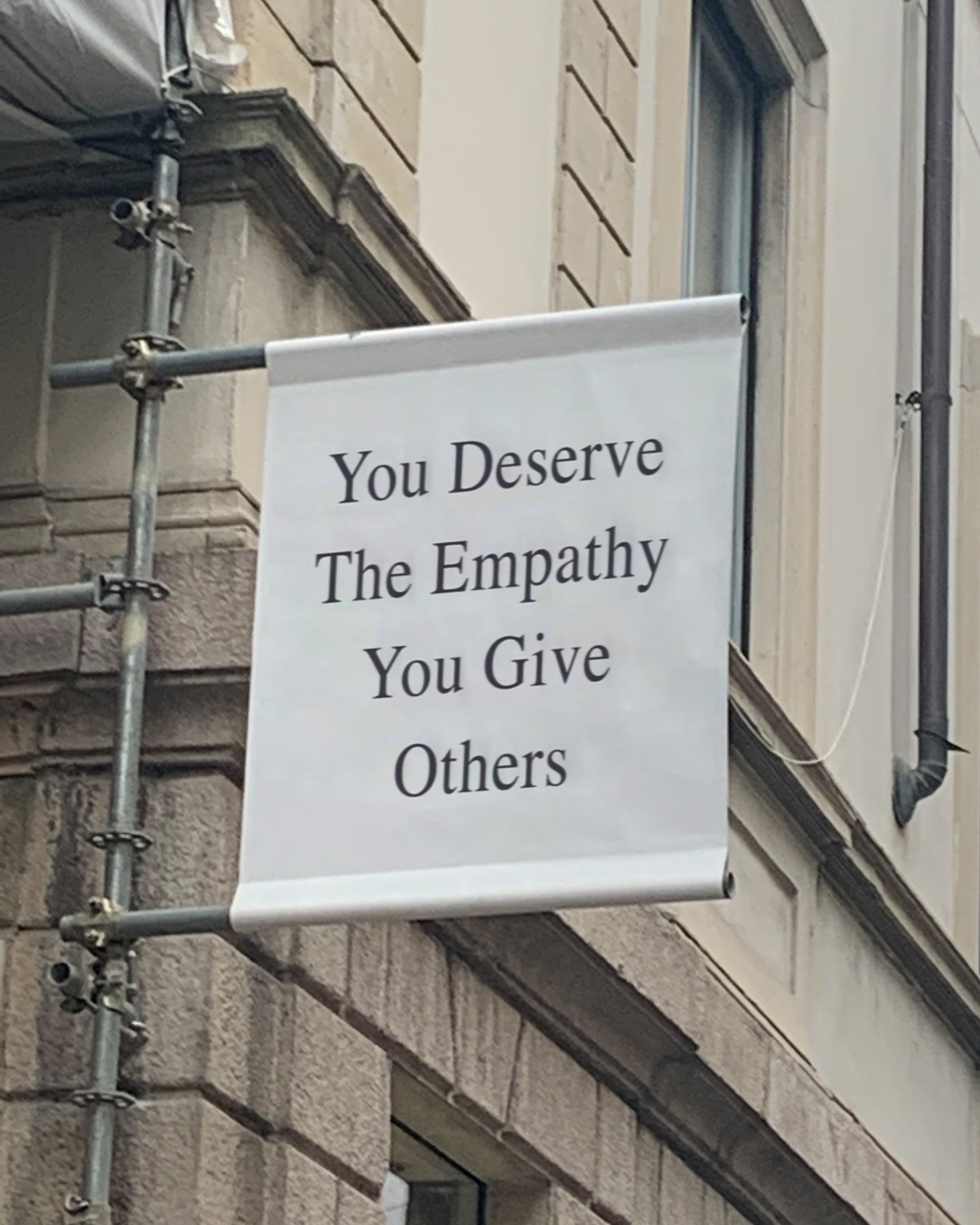Attachment Styles & Our Relationships
“Attachment feels like home. Even when home hurts.”
Amy here. I’m glad that you landed in this space. Today we’re going to talk about Attachment Styles. Perhaps you’ve heard them or perhaps they’re brand new. Either way, this is an opportunity for us to gain insight into our attachment style (s) and develop awareness of how it impacts our relationships.
What are attachment styles and why do they matter?
Good question! Attachment styles refer to patterns of relating and interacting with others, particularly in close and intimate relationships. These styles are formed early in life through interactions with primary caregivers, typically parents, and they play a crucial role in shaping our approach to emotional intimacy, trust, and vulnerability. Essentially, our attachment style is how we interact with others, specifically in close relationships, based on what we learned during early childhood.
Our primary attachment style is formed within the first few years of life and continues to influence us even decades later. Note the word “primary". I’m of the belief that attachment styles (like most other things in life!) aren’t black and white. We may identify with one attachment style more than others, but if we pay attention, we’ll likely notice other attachment style elements woven through our relationships. More on this later!
The answer to why attachment styles matter is simple: Because our relationships matter. Our attachment styles play a crucial role in our relationships and yet, most of us don’t know what they are and how they’re impacting us. Learning about our attachment style (s), bringing awareness to our behavior, and making intentional changes in service of ourselves and our relationships are critical aspects of our well-being. Knowledge is power, so let’s get into determining your attachment style.
A Quick note
Before we move into finding our attachment style, it's important to reiterate that attachment styles can change over time. While our primary attachment style is formed within the first two years of life, a part of your healing journey may include developing awareness of your attachment style, cultivating compassion for your relationship tendencies, and gradually and intentionally moving towards secure attachment.
Additionally, as we explore our attachment style, it's completely normal for feelings of frustration to emerge. As children, we had no control over our attachment style which can spark feelings of anger or the desire for things to have gone differently.
It can be tempting to blame our caregivers for our attachment style. It was, after all, beyond our control. While it's crucial to process our frustration, anger, and grief about missed experiences, it's also supportive to acknowledge our caregiver's context. What was their relationship with their caregivers? What tools did they have, or not have? Who taught them how to love? This isn't to excuse any less-than-ideal caregiver behavior but to build compassion for their situation and refocus our efforts on moving toward a secure attachment in our present-day relationships.
I recommend pausing here to use a credible, evidence-based online quiz to assess your attachment style.
The Four Attachment Styles
If you took the quiz, here’s a high-level summary of each style. Remember that your result is your primary attachment style. This doesn’t encompass all behaviors and relationships. Rather, it highlights patterns that you are more prone to.
Secure Attachment
Individuals with a secure attachment style generally had caregivers who were consistently responsive to their needs and emotions during infancy and childhood. As a result, they tend to feel secure and confident in their relationships, trusting others and being comfortable with intimacy.
Secure attachment is what we work towards achieving when healing our attachment style.
Anxious Attachment
Individuals with an anxious attachment style often experience inconsistent caregiving during their early years. At some times your needs were met by your caregivers, and at other times they were not. Your caregivers may have made you feel responsible for how they felt. People with anxious attachment may crave closeness and worry about abandonment, often feeling the need for constant reassurance from their partners. Some traits that characterize anxious attachment include:
Fear of abandonment
Fear of rejection
Depending on a partner for emotional regulation and validation
Codependent tendencies
Avoidant attachment
Those with an avoidant attachment style might have had caregivers who were emotionally distant or unavailable during their formative years. As a result, they tend to avoid emotional closeness and may become uncomfortable with emotional vulnerability. Some traits that characterize avoidant attachment include
Avoidance of emotional or physical intimacy
Feeling a strong sense of independence
Having a hard time trusting others
Having difficulty with commitment
disorganized attachment
This attachment style is a combination of anxious and avoidant traits. People with a disorganized attachment style may have experienced traumatic or highly inconsistent caregiving, leading to conflicting desires for intimacy and fear of rejection. This attachment style is less common. Some traits that characterize anxious attachment include
Inability to regulate emotions
Contradictory behaviors
High levels of anxiety
Signs of both avoidant and anxious attachment styles
Moving Toward Secure Attachment
As we learned, our attachment style develops in childhood and goes on to impact many, if not all, of our relationships. But it’s important to remember: Our attachment style can change. As humans, we change and grow throughout our lifetime, sometimes immensely. And the research backs this up, we are capable of lifelong learning, also known as neuroplasticity. You can teach an old dog new tricks, after all.
Working with a licensed mental health professional is the safest and most supportive way to work on your attachment style. Depending on the clinician’s background and your unique experiences, every approach is different. However, here are a few core principles that are likely to come up when working with attachment styles:
〰️ Focusing on the Self
You might be wondering, “If I’m struggling with my relationships, wouldn’t it be best to focus on my relationships?” Yes and no. While our relationships are important, turning inwards is essential. Once we learn our attachment style, we can start to notice how it impacts our behavior toward our partners (and ourselves). Additionally, we can identify the emotions that arise when we’re in conflict and better understand them through the lens of our attachment style. Before we turn the focus toward our relationships, we need to start by turning toward ourselves.
〰️ Developing Mindful Awareness
Regardless of our attachment style, we can only begin to make changes when we are aware of what’s happening around us and within us. After naming our attachment style, the next step is to notice. In this phase, curiosity is key. How is this impacting me and my relationships? Where am I running into challenges? How are these challenges related to my attachment style? Once we develop insight, we can practice bringing mindful attention to the present moment. This helps us to identify experiences as they’re arising, which allows us the space to pause and make a different, more grounded choice.
〰️ Processing Grief and Practicing Self-Compassion
Moving toward a secure attachment style often involves revisiting our past, which can be an emotionally challenging journey. With a therapist, you may examine the relational narratives that you carry and explore where they came from. In bringing up these difficult experiences, there is space to process emotions (anger, sadness, frustration, hopelessness, resentment, etc.) There is often grief for the connection that you may not have had, but always longed for. At this stage, you and your therapist may practice self-compassion towards your current, and younger self.
〰️ Regulating the Nervous System
When we are young, we learn how to regulate ourselves from our primary caregiver. Our bodies know, more or less, how to physically regulate (I.e heart beat, breath, digestion), but emotional regulation is a learned skill. If your primary caregivers were dysregulated, or they were simply not present to model the behavior, you may not have learned how to regulate your emotions and therefore, your nervous system. Bringing in nervous system regulation skills, both self-regulation and co-regulation, can be a supportive element of healing your attachment style.
〰️ Stay gentle out there 〰️
References
Fuchs, E., & Flügge, G. (2014). Adult neuroplasticity: more than 40 years of research. Neural plasticity, 2014, 541870. https://doi.org/10.1155/2014/541870
Mandriota, M. (2021, October 13). 4 types of attachment: What’s your style? Psych Central. https://psychcentral.com/health/4-attachment-styles-in-relationships#anxious-attachment
Scalise, J. (2023) Exploring Attachment Styles Download. Nourished Wellness Group.
__________________________________
Pin This Post!
Related Posts
If this post was helpful, you might also like these…









